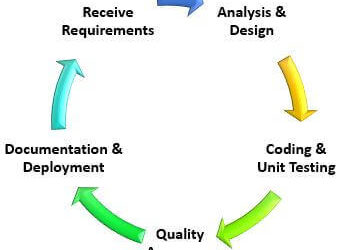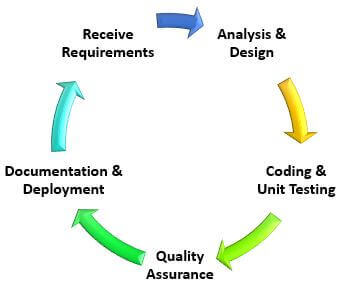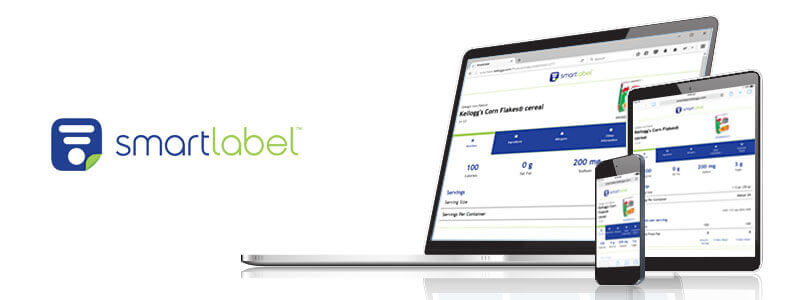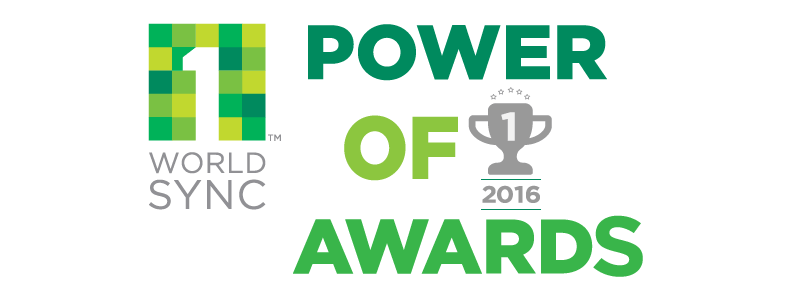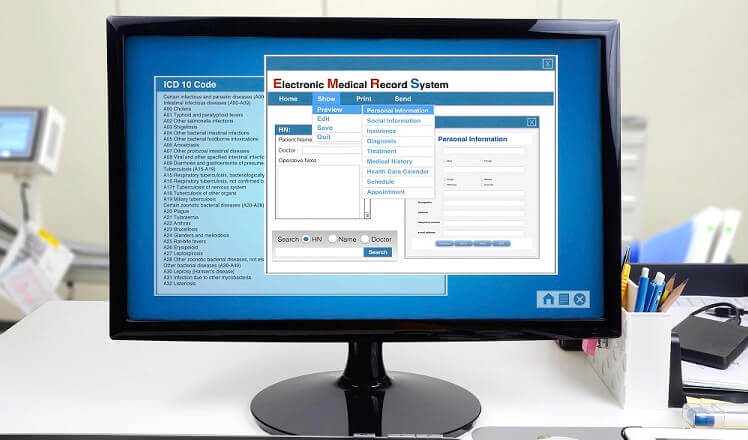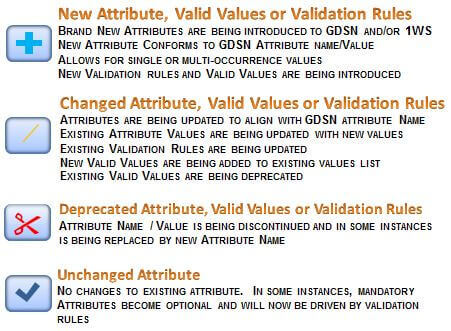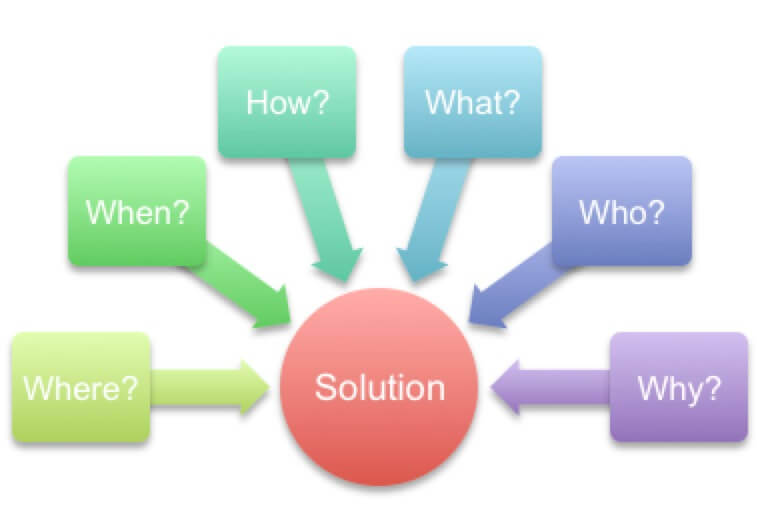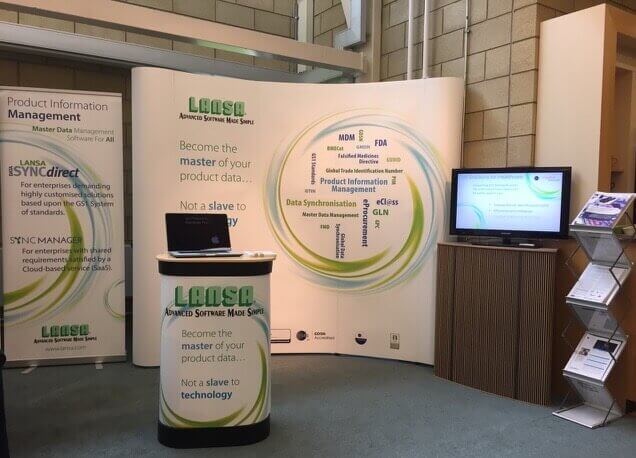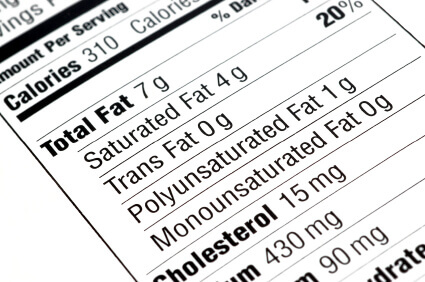Dubbed the “golden age of supermarkets” the 1960’s were a time of change for the industry. Advancements in store design, the evolution of discounting and the addition of in-store pharmacies enhanced the shopping experience.During this period, approximately 8,000 items lined the shelves of a typical supermarket. Fast forward 50 years and today, stores average 42,000 items in addition to a complete listing of products online.
The explosion in product offerings coupled with the evolution of technology has transformed the decision making processes and buying behavior of consumers. Online retailers, retail websites and mobile apps make accessibility to product information easier than ever before. While consumers are benefiting from the availability of product information and additional shopping choices, manufacturers and retailers are finding it increasingly difficult to accurately manage the sheer volume of product data.
Mismanaged product information is dangerous, both to consumer health and brand performance. While food and drug laws have been in existence since the 1900’s, consumer advocate groups, governmental agencies and the Food and Drug Administration (FDA) are working together to pass legislation that provides more protection for consumers.
The activation of a new directive in Europe is introducing a new risk-reward dynamic into the food retail marketplace. Adopted by the European Parliament, all online food retailers in its 28 member states are affected along with all of their overseas suppliers, including those in the US.
Affected retailers that fail to comply with EU Regulation 1169/2011 rules risk direct penalties and brand damage in an already competitive marketplace. Accurate and complete product information is essential for compliance and affected retailers may choose to de-list products from their online stores before claims arising from non-compliance are laid against them. Retailers expect their suppliers to provide them with this mandatory information and suppliers will quickly fall into one of two categories – those that deliver EU1169 compliance and those that increase a retailer’s liability.
The potential reward for smart suppliers capable of delivering compliant product information is participation in a growing sales channel along with reduced competition from rivals that are slow to react.
There is a common underlying need between the US and Europe – to satisfy consumer demands to see the same information online that they can read on the back of a physical pack in-store. Fortunately, there exists a common mechanism to capture and communicate such information to satisfy EU1169 needs in Europe and similar initiatives in the US.
International Regulations Mean Big Changes for US Manufacturers and Retailers
In Europe, EU Regulation 1169/2011 – The Provision of Food Information to Consumers – requires significant changes to the way retailers and food manufacturers present product details to consumers when selling within the European Union (EU). The directive addresses the display of nutritional, ingredient and serving information on packaging and the corresponding information displayed via online outlets in the EU. The objective is to standardize food labeling and provide greater clarity to consumers on ingredients, nutrition and allergens no matter which venue they choose to shop from.
U.S. food and beverage manufacturers that serve European markets will be required to update their packaging to comply with this new legislation. Likewise, any U.S-based e-tailer or online store with ecommerce capabilities must ensure that the information they provide to consumers conforms to the regulation. Product data online must be identical to the product information provided on the manufacturer’s physical packaging. Food and beverage products that do not adhere to the legislation cannot be sold in the EU and attempts to circumvent bring significant penalties.
The directive states that the following minimum information must be provided online before purchase:
- The name of the food
- The list of ingredients
- Any ingredient or processing aid causing allergies or intolerances used in the manufacture or preparation of food and still present in the finished product, even if in an altered form
- The quantity of certain ingredients or categories of ingredients
- The net quantity of the food
- The date of minimum durability or the ‘use by’ date
- Any special storage conditions and/or conditions of use
- The name or business name and address of the food business operator
- The country of origin or place of provenance
- Instructions for use where it would be difficult to make appropriate use of the food in the absence of such instructions
- With respect to beverages containing more than 1.2% by volume of alcohol, the actual alcoholic strength by volume
- A nutrition declaration
For US food and beverage manufacturers, this means:
- EU 1169/2011 compliant information must be displayed on all product packaging. The directive specifies the mandatory details on how the information should be formatted – covering ingredients, allergens and nutritional values.
- Where product information is requested electronically, that information must also be EU 1169/2011 compliant.
In return, US online stores and e-tailers must:
- Replicate information online that food and beverage manufacturers are responsible for updating on physical product packages.
- Comply with the EU 1169/2011 legislation on how to display the product information correctly.
Interested in learning about more upcoming challenges in your supply chain? My next blog post will cover how to:
- manage and administer product attributes
- manage identical products with nutritional variations
- create a new GTIN when nutritional values are amended
In addition, I’ll discuss the benefits of using the Global Data Synchronization Network to meet EU Regulation 1169 requirements and what you should look for in a business partner in order to achieve compliance.





